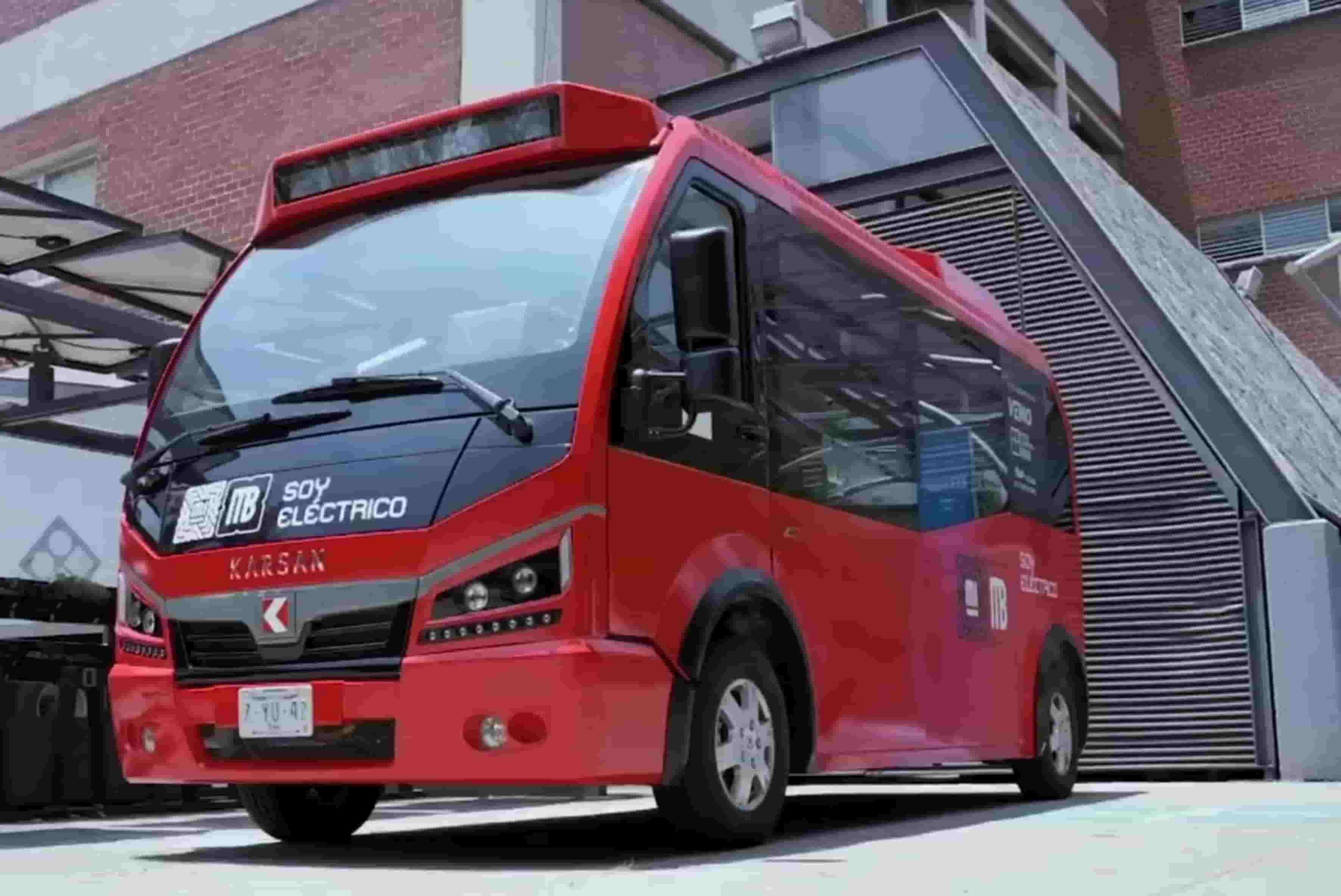Electric Mobility, a Global Trend in Which Mexico Must Make Progress
It is estimated that there are approximately 16 million electric vehicles in circulation worldwide. Up to 40 percent cheaper each kilometer traveled in an electric car, compared to gasoline ones.





